Pixar Logo Design: History & Evolution

Image Source: https://www.deviantart.com/theestevezcompany/art/Pixar-1999-2007-Open-Matte-Wallpaper-821063739 | Image Courtesy: Pixar
When it comes to iconic imagery in the world of animation, few symbols resonate as strongly as the Pixar logo design. This captivating lamp and text combination has not only become synonymous with quality animation but also serves as a symbol of innovation in design. Whether you're a seasoned graphic designer or an aspiring artist, the evolution of the Pixar logo design offers valuable insights into the fusion of creativity and brand identity.
From its humble beginnings to the sleek and sophisticated emblem we recognize today, the Pixar logo design has undergone significant transformations. By charting this logo's journey, we can uncover lessons that resonate with designers aiming to create memorable and distinctive brand symbols.
Understanding the Pixar logo design isn't just about appreciating its aesthetic appeal; it's about grasping the principles that guided its evolution. Throughout this article, we'll take a casual stroll through the history of the Pixar logo, dissecting its various iterations, and uncovering the creative decisions that shaped it.
So if the Pixar logo design fascinates you as much as it does us, then buckle up, because we're about to delve into a story filled with artistic triumphs, design wisdom, and a splash of animation magic.
Pixar Logo Design History
1979 - 1986
The early days of Pixar, known as the Graphics Group back then, paint a vibrant picture of experimentation and exploration in visual branding. The roots of the iconic Pixar logo design we know today can be traced back to 1978 when the company was still a subsidiary of Lucasfilm.
Imagine a time when the modern, sleek aesthetics were just a glimmer in the designers' eyes. During this era, the Graphics Group's emblem was quite distinct. Comprising a horizontally oriented oval, split into black and red, and connected by a downward-facing white letter "C," this logo had a unique pill-like shape. It was an intriguing symbol, creating curiosity while not giving much away.
Above this pill, the tricolor wordmark came into play, featuring "The" in white, "Graphics" in red, and "Group" in black - all capitalized. The ensemble was completed by a delicate slogan written in black, "The Art of Visual Communication," with a splash of red for the word "Art." This original iteration of the Pixar logo design displayed a willingness to be bold, but with a sophisticated flair.
This early Pixar logo design presents a rich study in contrasts and color theory. The red and black colors provided a striking visual dynamic, while the delicate typography balance communicated the brand's artistic finesse. It was a logo that sought to encapsulate the very essence of the Graphics Group's mission - visual communication.
As the years progressed, the Graphics Group's work began to gain recognition, and the need for a brand identity that could scale with the ambition became apparent. This early logo was just the starting point, a stepping stone in what would become a fascinating journey in the world of design.
Reflecting on this period, the 1979-1986 chapter of Pixar logo design, it's clear that even in its infancy, the company's commitment to creativity and innovation was evident. The logo's development mirrored the growth and transformation of the organization itself.
This chapter in Pixar's history serves as a reminder that logos are not merely symbols but stories. They are fluid, evolving with the brand's journey, always reflecting the ambition and creativity that drive the vision.
Looking back at these early years of Pixar logo design, we see not just a logo, but a manifestation of a brand's identity, one that set the stage for what was to become one of the most recognizable symbols in animation history. It's a lesson in how daring to be different, and a commitment to artistry, can lead to timeless design.

Image Courtesy: Pixar
1986 - 1994
The transition from the Graphics Group to Pixar marked an essential chapter in animation and design history. In 1986, Steve Jobs bought the Graphics Group, and with his purchase came a new name, new direction, and of course, a fresh Pixar logo design.
This era's logo is a fascinating departure from what had come before. It's where the Apple influence made its mark on the Pixar brand, and the company began to solidify its unique identity.
Imagine a gray square with white and black edges, housing a circular dent right in the center. This emblem, representing the Apple BSD computer, stood for "Beveled Square with a Dent." It was a neat, sophisticated design that signaled Pixar's alignment with innovation and technology, a significant shift from the previous logo's visual communication theme.
The Pixar wordmark itself underwent a transformation, adopting the elegant serif typeface, Trajan Pro Bold. Each letter was meticulously separated by small black dots, lending a delicate yet modern touch to the overall design.
Now, why does this era of Pixar logo design matter to graphic designers? Well, it's a masterclass in how to align a logo with a company's shifting mission and vision. It's about making brave design decisions that not only reflect the brand's new ownership but also signal a revolution in what the company stood for.
The use of the BSD symbol was a nod to the technological roots that Pixar was embracing. It conveyed an image of a company at the cutting edge of computer animation. Moreover, the choice of Trajan Pro Bold, with its roots in classical architecture and timeless style, allowed the brand to retain a connection with artistry and craftsmanship.
This phase in the Pixar logo design demonstrates a keen understanding of how to blend tradition with innovation. It's about how a logo can capture a brand's essence while also driving it forward. By incorporating a symbol associated with technology and a typeface that echoed classical design, Pixar managed to create a logo that felt both contemporary and timeless.
The 1986-1994 chapter of the Pixar logo design is not just a historical footnote. It's an inspiring lesson for graphic designers on the importance of adaptability, the willingness to embrace change, and the skill to marry diverse elements into a cohesive visual story.
As we reflect on this period, we can appreciate how Pixar's logo evolved to echo the company's growth and transformation. This version of the Pixar logo design sets a precedent in creative branding, illustrating that a logo is more than a mere visual mark. It's a statement, a symbol of identity, a manifestation of a brand's evolving journey. It serves as a testament to the art of design and the power of thoughtful, innovative branding.

Image Courtesy: Pixar
1994 - Present
The 1994 transformation of the Pixar logo design marks a significant turning point in the brand's visual identity, coinciding with a period of groundbreaking success in the world of animation. This era introduced the logo that is synonymous with Pixar today, a design that has not only stood the test of time but has also become an iconic emblem of creativity and innovation.
Taking over from the earlier design by John Lassiter, the 1994 revamp was crafted by Pete Docyer, a talented designer working for Pixar during those transformative years. Gone was the BSD symbol, replaced by a singular, robust logotype, executed in a bold and stylish serif font - Charlemagne Bold. This new design managed to encapsulate the essence of Pixar's brand in a simple yet striking manner.
What truly sets this era of Pixar logo design apart are the distinctive details that lend it a character all its own. The bar of the "X" with its pointed bottom right end, and the tail of the "R," add a touch of flair that elevates the design from ordinary to extraordinary.
This Pixar logo is a lesson in the power of subtlety and the importance of detail. It's a testament to how minor nuances can infuse a logo with personality, make it memorable, and even iconic.
Introduced during the release of "Toy Story," the first fully computer-animated feature film, this logo perfectly symbolized a new era not only for Pixar but for the animation industry at large. It signaled Pixar's confidence, their commitment to storytelling, and their willingness to push technological boundaries.
Fast forward to today, and the logo remains unchanged, a constant in a rapidly evolving industry. It stands as a beacon of Pixar's innovative spirit and their dedication to crafting stories that resonate with audiences of all ages.
The 1994 to present chapter of the Pixar logo design is rich with inspiration for the design community. It reminds us that great design doesn't have to be complicated. It's about understanding the brand's core values and expressing them through typography, form, and subtle details.
As we reflect on the history of the Pixar logo design, this era stands out for its elegance, its timelessness, and its ability to connect with audiences worldwide. It serves as a reminder that logos are more than mere visuals; they are the face of a brand, the encapsulation of its identity, and in some cases, such as Pixar's, a symbol of an entire industry's evolution.
This iconic logo is not just a design; it's a story, a lesson, and a piece of art that continues to inspire graphic designers and creatives around the world. It's proof that in the hands of a skilled designer, a logo can become more than just a mark – it can become a legacy.

Image Courtesy: Pixar
Analysis: Pixar Logo Design Evolution
In the fascinating world of visual branding, the evolution of Pixar's logo design stands out as a brilliant journey of creativity and innovation. From its early days as the Graphics Group to the present iconic emblem, the Pixar logo design has transformed to reflect the company's growth, ethos, and industry leadership. As we dive into an analysis of its evolution, there are five key points that stand out, offering insight and inspiration for graphic designers everywhere.
Alignment with Brand's Vision
The Pixar logo design has always been in sync with the company's vision. From the symbolic representation of technology in the 1986 redesign to the iconic stylized text of today, each iteration reflects Pixar's commitment to innovation, storytelling, and creativity. This alignment between logo and vision is a testament to thoughtful design strategy.
Attention to Detail
One of the hallmarks of the Pixar logo design is its subtle yet distinctive details. The pointed end of the "X" and the tail of the "R" in the present logo show that small nuances can breathe life and character into a design. Such attention to detail makes the logo memorable and resonates with a brand's unique personality.
Timelessness
Creating a timeless logo is one of the most challenging tasks for a designer, but Pixar's logo design achieved it. The choice of Charlemagne Bold, the simplicity of the present logo, and its ability to remain relevant for decades demonstrates that timeless design is rooted in simplicity and profound understanding of the brand's core essence.
Responsiveness to Change
The Pixar logo design evolution tells a story of adaptability. As the company transitioned from the Graphics Group to Pixar and aligned itself with technological innovation, the logo evolved in response. This adaptability in design highlights the importance of a logo's ability to evolve with a company's changing needs and aspirations.
Storytelling through Design
Perhaps the most compelling aspect of the Pixar logo design evolution is its ability to tell a story. From the early symbolism of visual communication to the emblem that introduced "Toy Story," each logo is a chapter in Pixar's rich history. It illustrates that a logo is not just a visual mark; it's a narrative that connects a brand with its audience.
The evolution of Pixar logo design is more than a tale of aesthetic changes; it's a roadmap that illustrates how design can encapsulate a brand's journey, its vision, and its connection with audiences. For graphic designers, it serves as an inspiring example, showcasing the potential of design to be timeless, adaptive, detailed, aligned with vision, and imbued with storytelling. It's a legacy that continues to resonate, not only within the animation industry but in the wider world of design and branding.

Image Source: https://www.instagram.com/p/CwZGt2PNuf4/ | Image Courtesy: Pixar
The Philosophy & Meaning Behind Pixar Logo Design
The Pixar logo design is more than a mere visual identity for a renowned animation studio. It's a symbol imbued with philosophy, meaning, and a reflection of the brand's core values. In this exploration of the Pixar logo, we'll delve into five key aspects that reveal the deeper thought processes and intentions that shaped this iconic emblem. This insight will not only deepen our understanding of Pixar's brand but also offer inspiration for graphic designers seeking to create logos with lasting impact.
Symbol of Innovation
The Pixar logo design, especially in its earlier iterations, symbolizes the company's dedication to innovation. By incorporating elements representing cutting-edge technology, such as the BSD symbol, Pixar conveyed a commitment to pushing the boundaries of animation and storytelling, a value still at the heart of the company today.
Timeless Elegance
The use of Charlemagne Bold in the current logo reflects a desire for timeless elegance. This typeface choice combines classical sophistication with modern sensibility, creating a logo that transcends trends and remains as relevant today as it was when first introduced.
Unique Identity
The unique details in the Pixar logo, like the pointed "X" and tail of the "R," give the brand a distinctive personality. These subtle touches impart character and make the logo instantly recognizable. This shows a deep understanding of the power of details in crafting a logo that stands apart from others.
Storytelling through Simplicity
Pixar is synonymous with storytelling, and its logo design captures this essence through simplicity. By opting for a single logotype without complex symbols or imagery, the Pixar logo design represents the brand's focus on pure, uncluttered storytelling. It's a reminder that simplicity can be a powerful tool in conveying a brand's core philosophy.
Alignment with Key Moments
The introduction of the current logo with "Toy Story" was not mere coincidence. The timing and design align with a significant milestone in Pixar's journey, symbolizing a new era in animation. This thoughtful alignment demonstrates the importance of having a logo that resonates with key moments and transitions within a brand's history.
The Pixar logo design is a rich tapestry of meaning and philosophy. It's an inspiring example of how a logo can encapsulate innovation, timelessness, uniqueness, simplicity, and alignment with a brand's key moments. For graphic designers and those intrigued by the subtleties of branding, the Pixar logo offers a lesson in how to create visual identities that not only represent a company but also resonate with audiences on a deeper, more meaningful level. It's a testament to the art of design, where form and function harmonize to create something truly iconic.

Image Source: https://www.instagram.com/pixar/ | Image Courtesy: Pixar
What Can We Learn from Pixar Logo Design
The Pixar logo design isn't just a memorable emblem for a beloved animation studio; it's a rich source of inspiration and learning for graphic designers. With its unique combination of simplicity, elegance, and innovation, the Pixar logo design offers valuable lessons in branding and visual communication. In this section, we'll explore five essential insights that we can glean from this iconic logo, providing valuable takeaways for designers striving to create meaningful and effective logos.
Simplicity is Powerful
One of the standout features of the Pixar logo design is its simplicity. The use of a single logotype without unnecessary embellishments speaks volumes about the brand's focus on storytelling. It's a potent reminder that sometimes less is more, and simplicity can lead to a powerful and timeless design that resonates with audiences.
Details Make the Difference
The pointed "X" and unique tail of the "R" demonstrate how small details can infuse a logo with character and make it instantly recognizable. These subtle touches show that paying attention to the minutiae can elevate a design from ordinary to extraordinary. It's a lesson in the power of details to make a logo memorable and distinctive.
Alignment with Brand Values
Every iteration of the Pixar logo design aligns with the company's values and vision. From symbolizing innovation to reflecting timeless elegance, the logo has consistently encapsulated Pixar's ethos. This underscores the importance of understanding a brand's core values and translating them visually, creating a logo that resonates deeply with its audience.
Responsiveness to Change
The evolution of the Pixar logo design highlights its adaptability. As the company transitioned and grew, the logo evolved to reflect these changes. This adaptability teaches us the importance of creating logos that can evolve with a company's changing needs, ensuring that the visual identity remains relevant and aligned with the brand's journey.
Storytelling in Design
Perhaps the most significant lesson from the Pixar logo design is its ability to tell a story. Each logo is a chapter in Pixar's rich history, and the design itself symbolizes the essence of storytelling. It's an inspiring example of how logos can go beyond mere visual marks to become narratives that connect a brand with its audience.
The Pixar logo design serves as a masterclass in branding and design. Its simplicity, attention to detail, alignment with brand values, responsiveness to change, and storytelling capability offer invaluable insights for graphic designers. By studying and reflecting on these aspects of the Pixar logo design, designers can enhance their own creative processes, crafting logos that are not just visually appealing but are also imbued with meaning, character, and a deep connection to the brands they represent. It's a shining example of how thoughtful design can transcend visual aesthetics to become a vital part of a brand's identity and legacy.
Conclusion
The journey through Pixar logo design's history, evolution, philosophy, meaning, and the lessons we can draw from it illuminates the art and science of graphic design. From its earliest iterations to the iconic symbol we recognize today, the Pixar logo design exemplifies how creativity, innovation, and attention to detail can forge a timeless connection with audiences. For designers and businesses, it stands as a beacon of inspiration, demonstrating that well-crafted design goes beyond aesthetics to embody a brand's essence. In every line and curve, Pixar's logo tells a story, and it's one that continues to captivate and educate.
Let Us Know What You Think!
These fantastic logo design articles are written and curated by Kreafolk's team. We hope you enjoy our information and remember to leave us a comment below. Cheers!

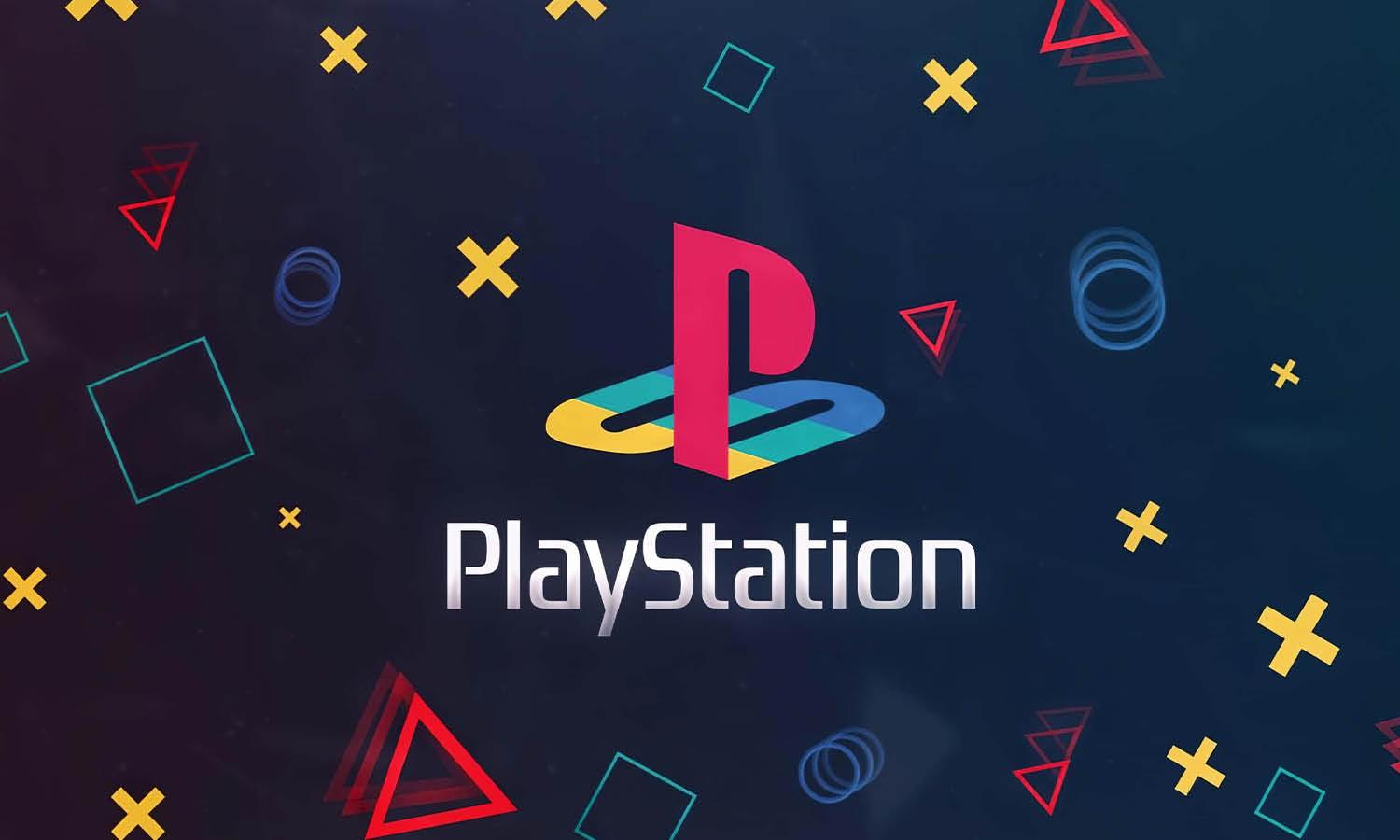
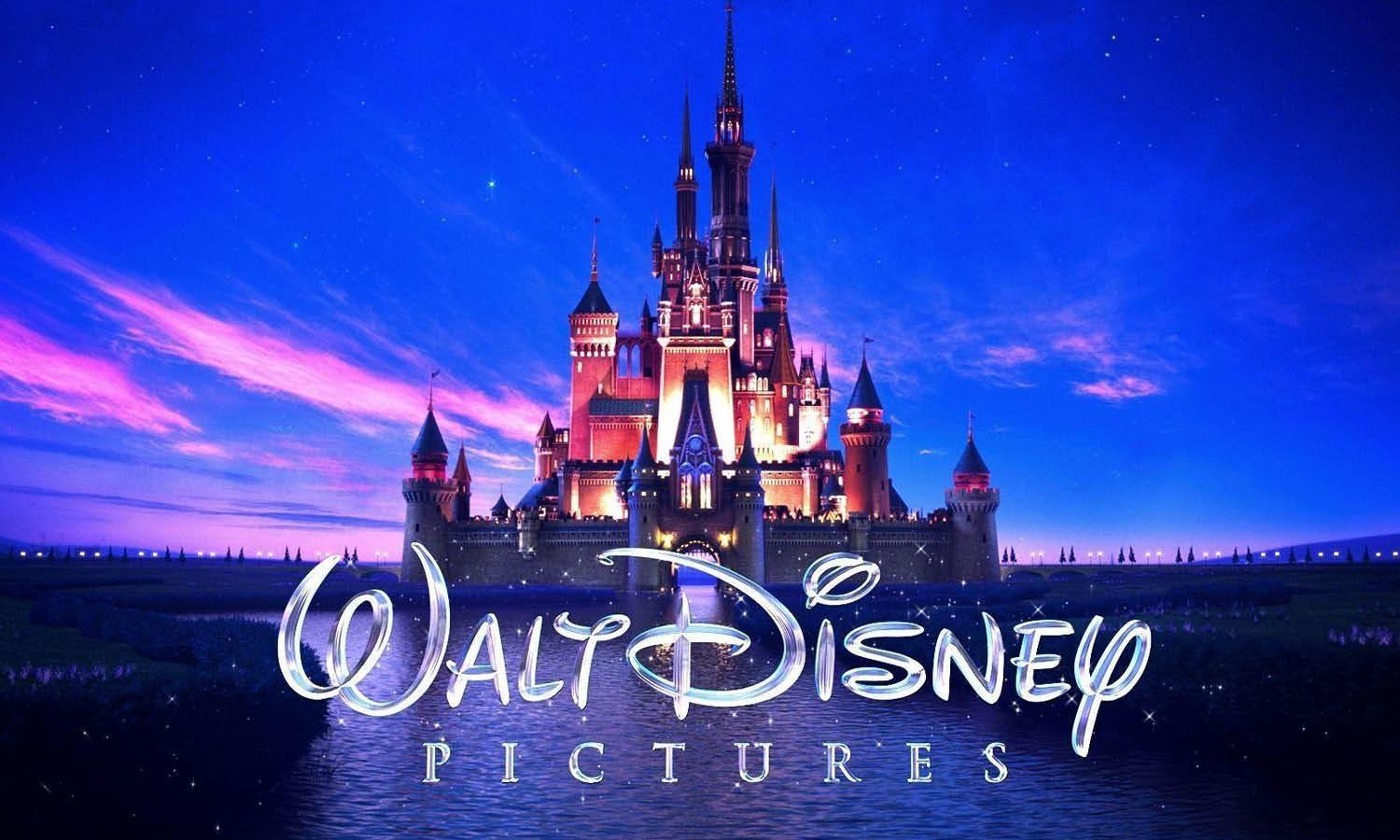
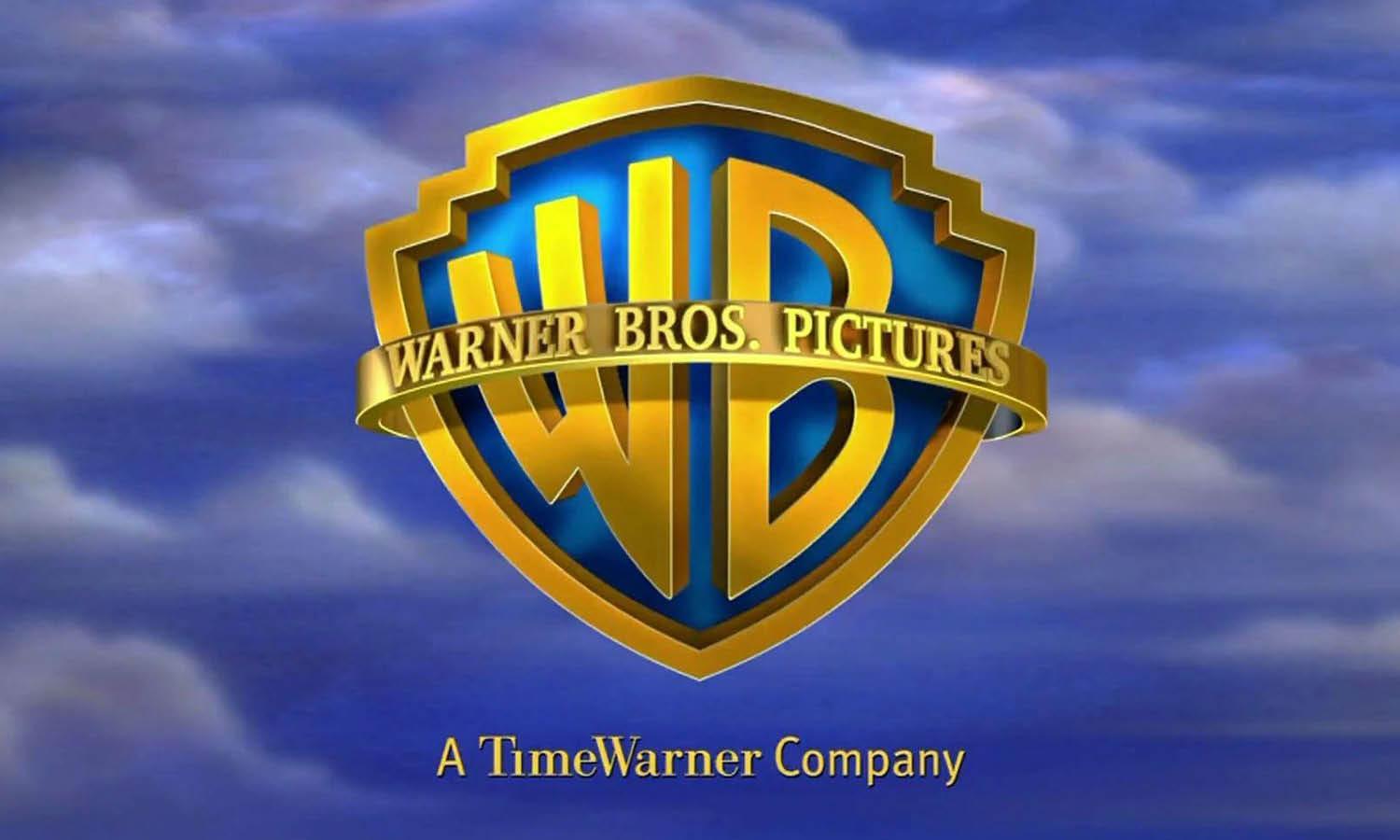
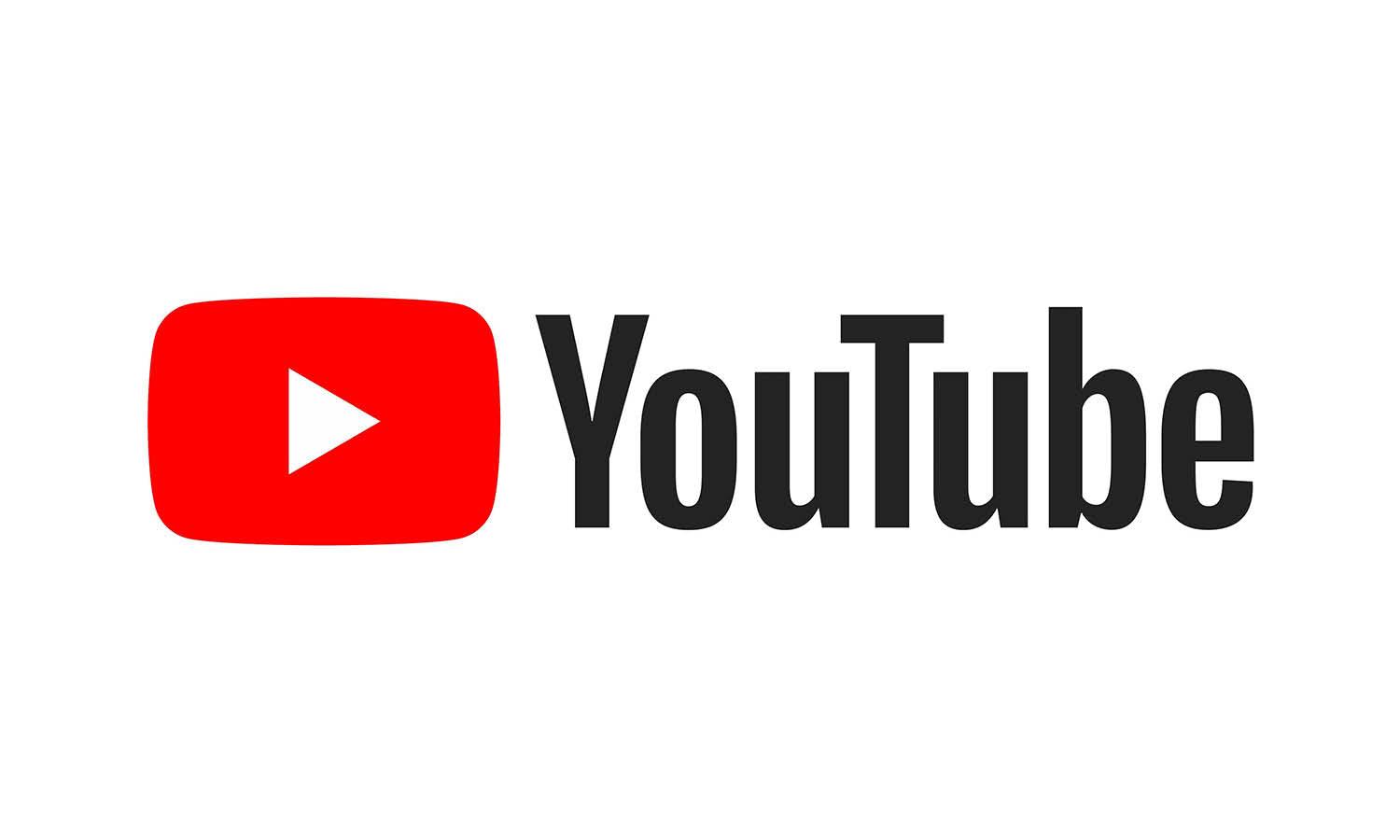
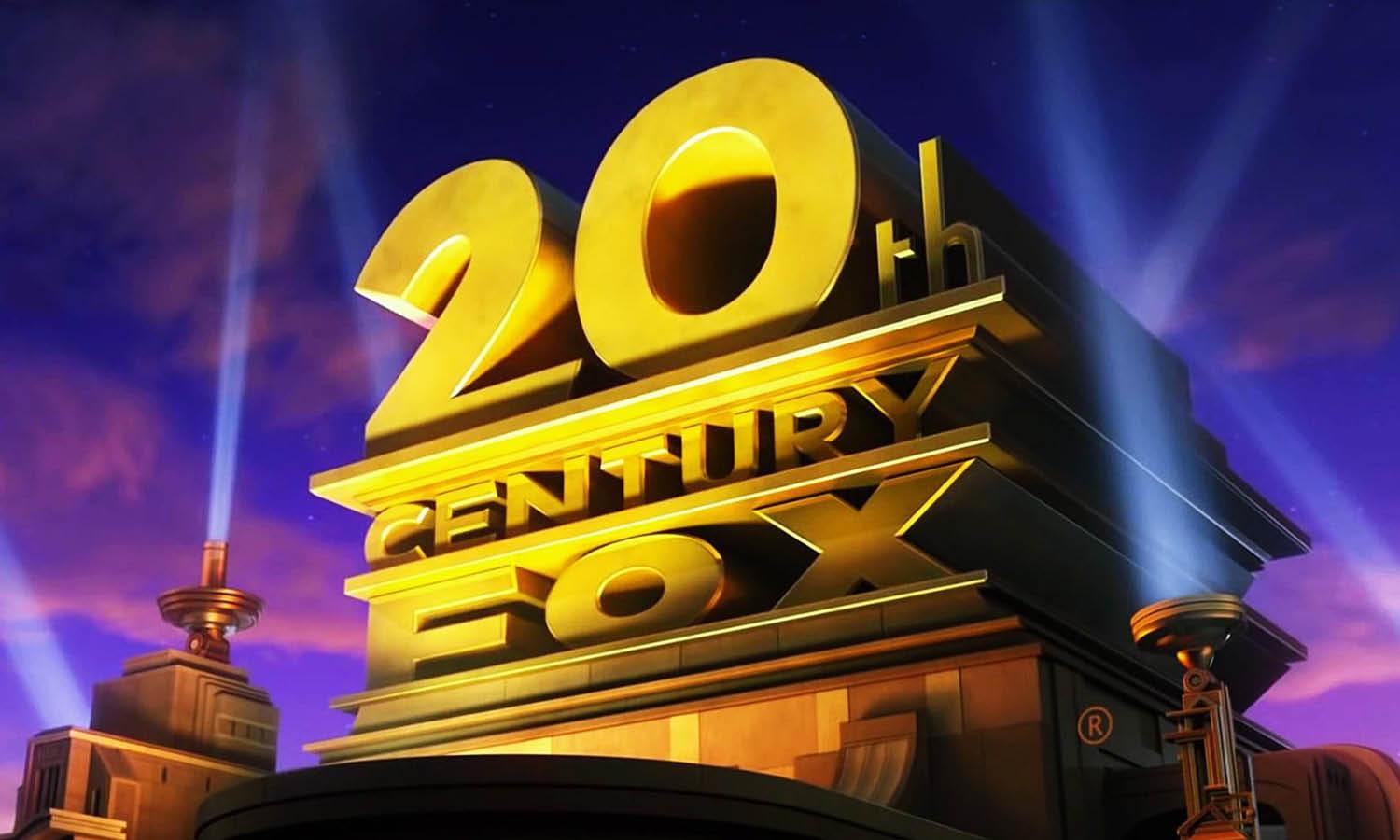
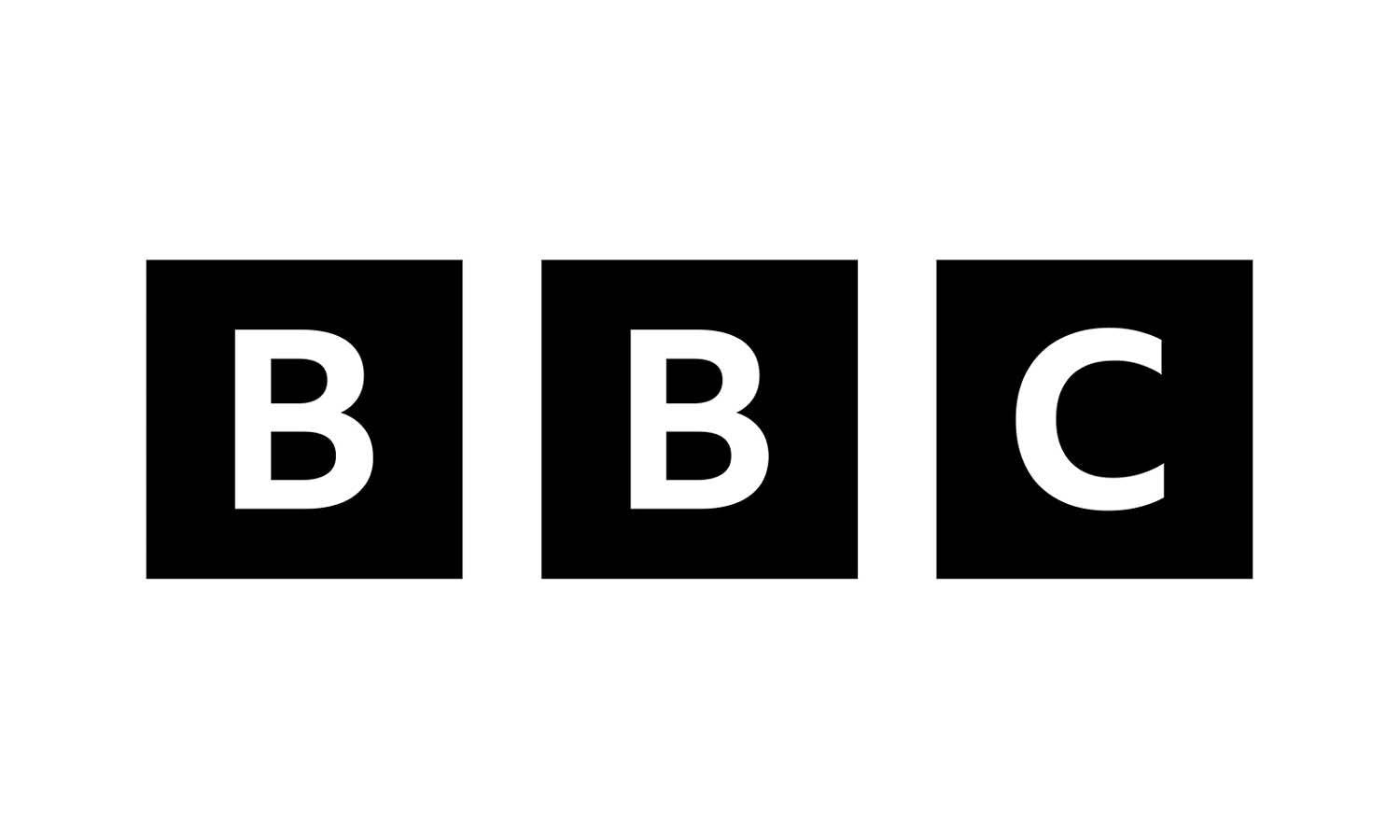
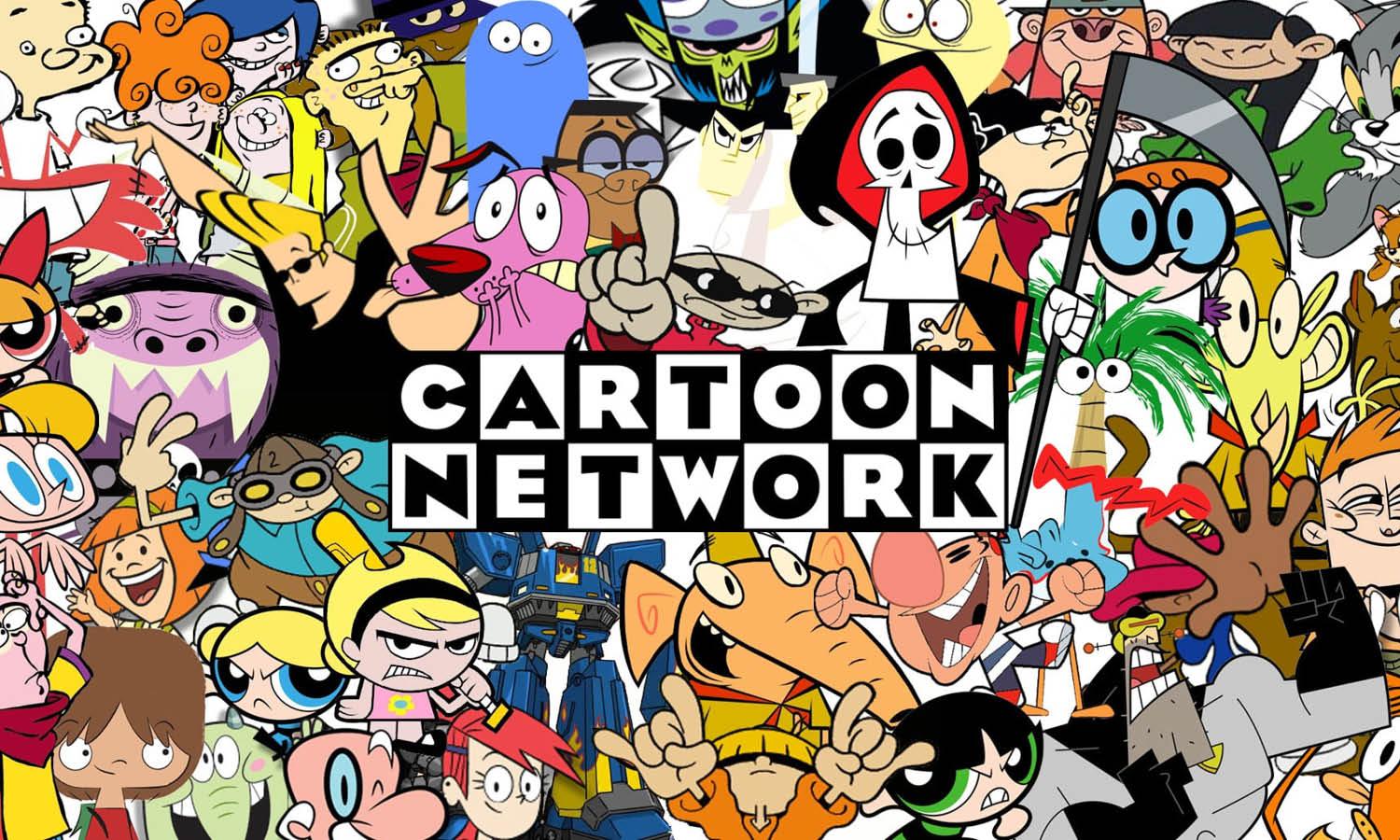








Leave a Comment